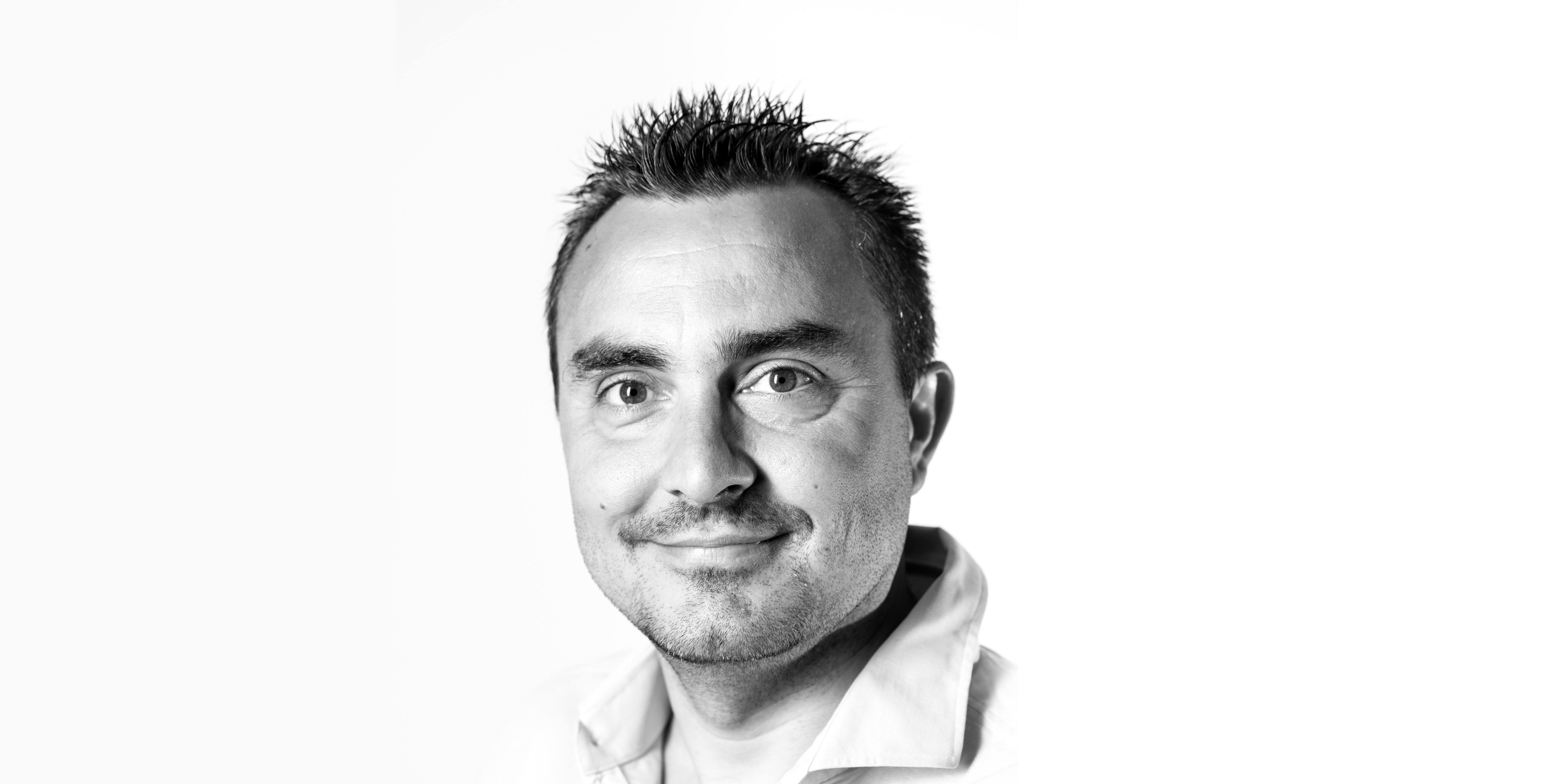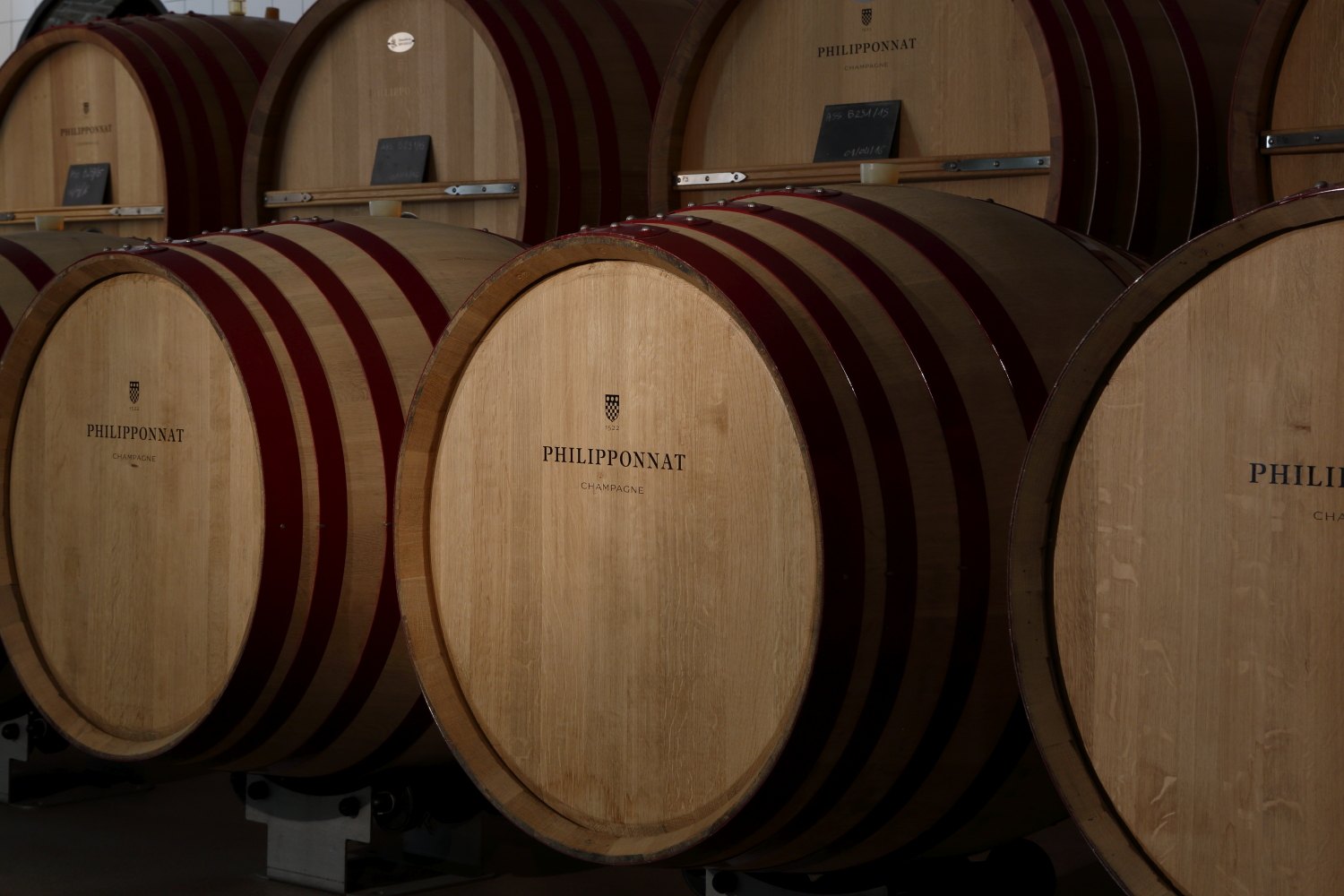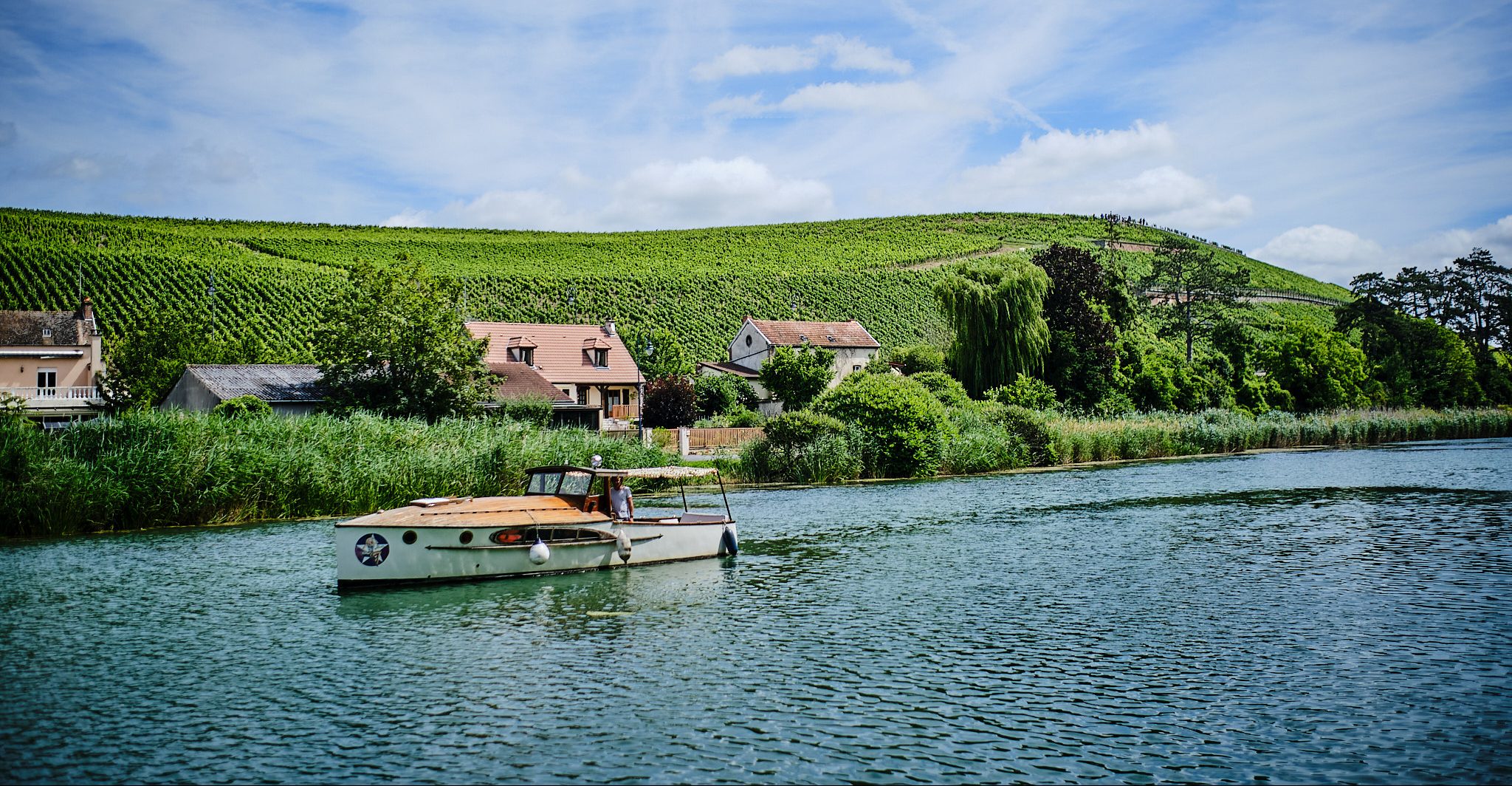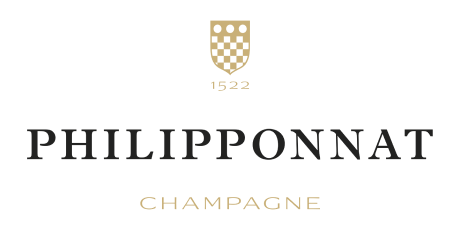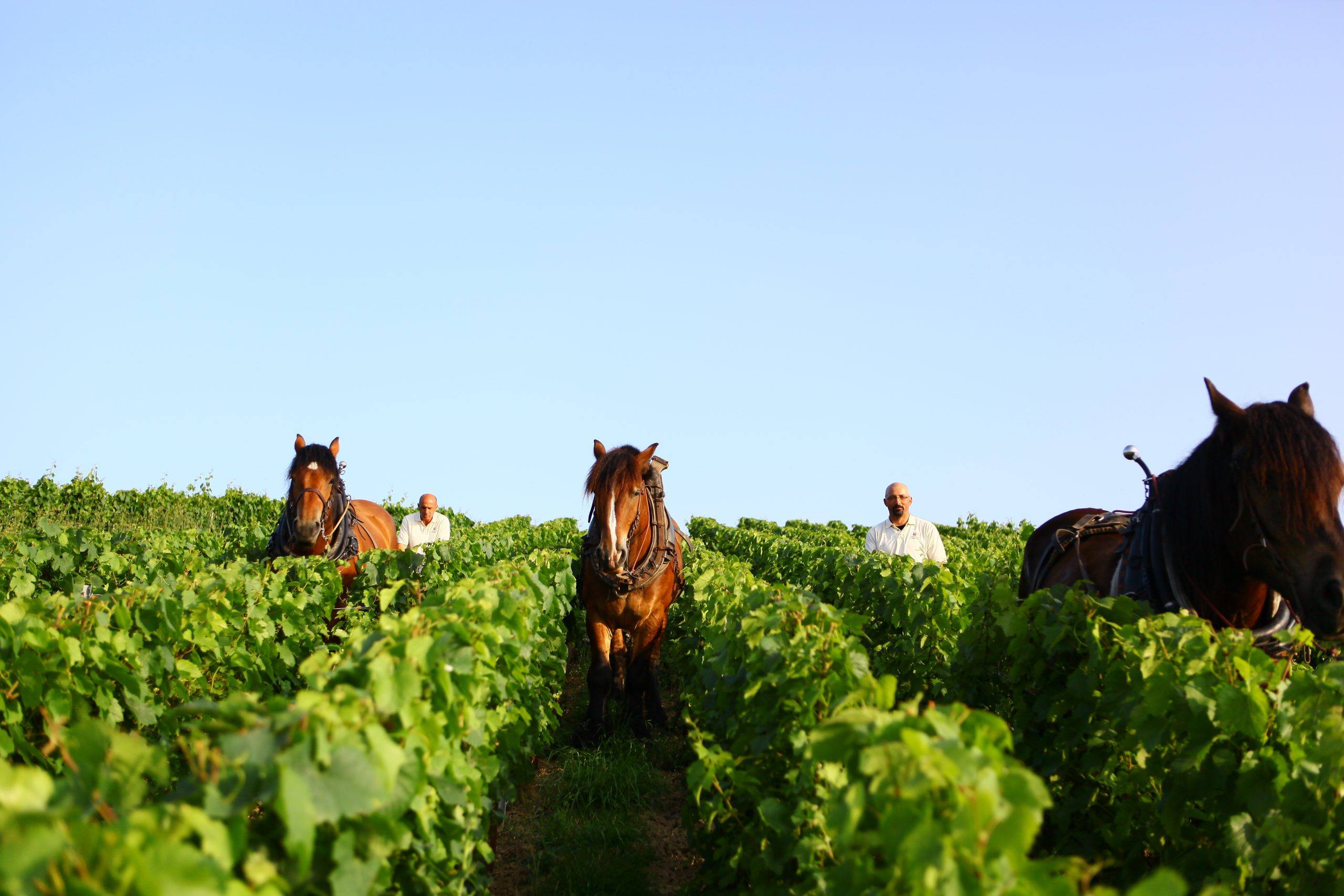
Interview with Aurélia Jamain, Vineyard and Supply Manager
Aurélia Jamain tells us about integrated viticulture at Philipponnat.
What work do you carry out in the vineyard in winter?
We have just finished pruning and binding. This year we spent a lot of time tilling the soil, both to reduce the ground cover between the rows of vines and to help water to sink into the ground. The vines have suffered through successive droughts over the last three years. So we had to lessen competition from grass and allow the vines to reclaim their place underground. Work on the vines is a year-long enterprise; it is essential to till the soil well to give the vines every chance of growing in the best conditions.
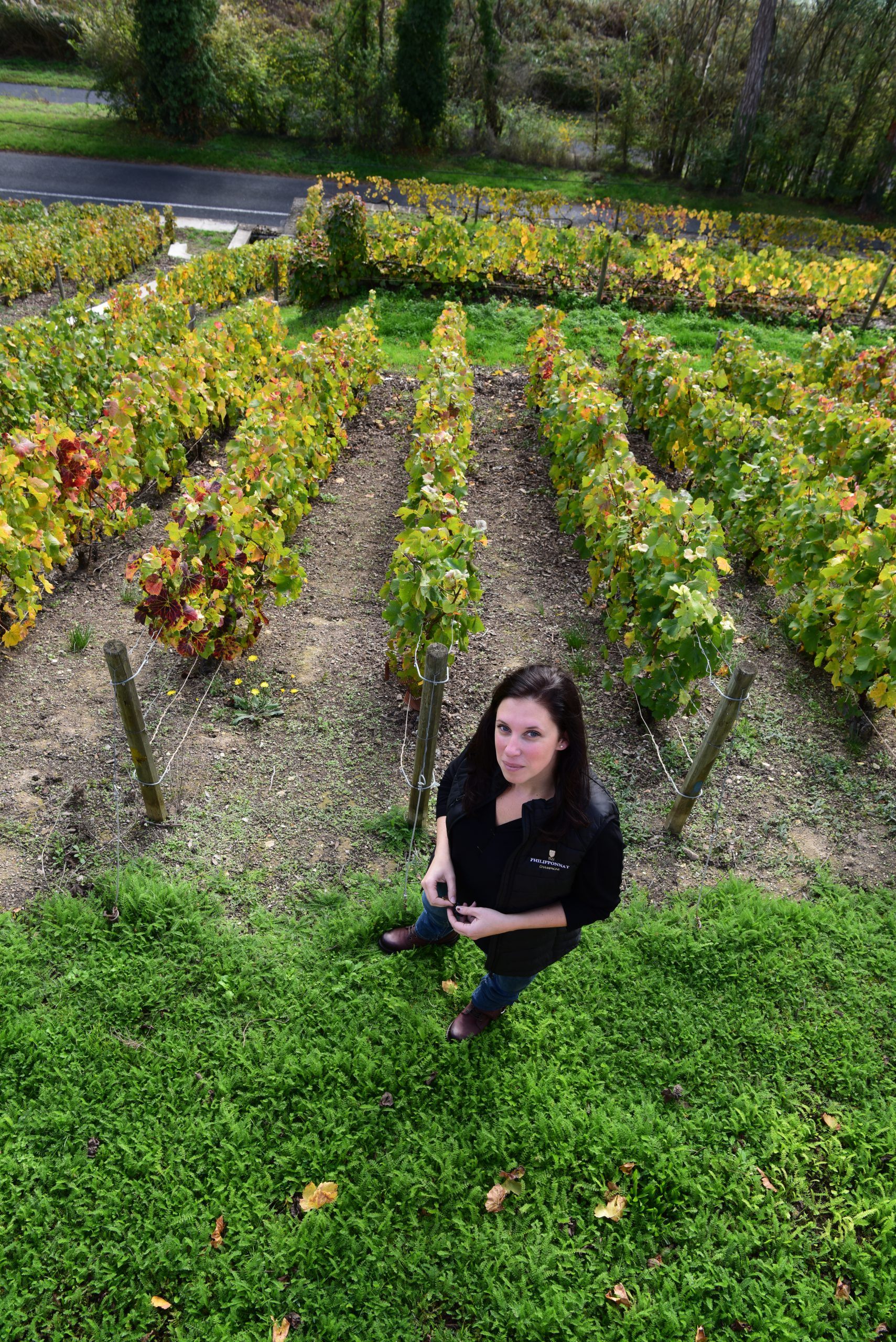
To what extent do you practice integrated viticulture?
Our approach to viticulture is ultra-integrated. Climate change is forcing us to adapt and to change our working methods, but the House has in any case been committed to this principle for many years. For example, we have used only organic fertiliser for a very long time, and we no longer use any insecticides or herbicides. We apply a holistic rationale to our environment that goes beyond the specifications for organic agriculture, which stop with the products of the vine. We take into account not only the vineyard and the environment but also the men and women who work on the estate.
Our approach to viticulture is ultra-integrated. Climate change is forcing us to adapt and to change our working methods, but the House has in any case been committed to this principle for many years.
What are your projects?
Each year we implement new strategies to protect our environment and make sure that the vines get everything they need. To be effective, we must first observe the environment and be extremely precise in the choices we make. This year, we have developed a programme for hedge planting, wildflower strips and beneficial insects; the vineyard is an ecosystem and everything is connected. We are going to plant 130 metres of hedging at Clos des Goisses, with native plants. We want more bees to return. We are registered with the Observatoire Agricole de la Biodiversité, a French monitoring body for biodiversity in agriculture, we have installed nest boxes and are observing the species that live in our vineyards in order to count and identify them. Next year we are going to sow green manure to help the vines by nourishing the soil and controlling weeds naturally. This is year zero, and I am convinced that the choices made and actions undertaken this year will already have an impact on what we see next year.
